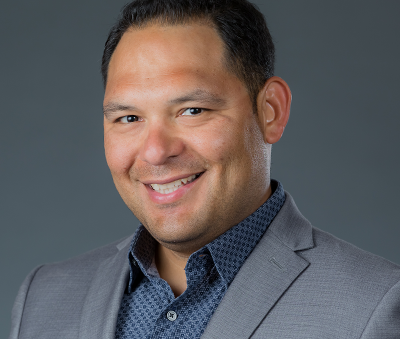The Los Angeles County Board of Supervisors voted last week to take the first steps in transitioning to a rehabilitative, `care- first’ model of juvenile justice, a plan expected to ultimately move funding and responsibility out of the probation department and into a new Department of Youth Development by 2025.
The move was based on a set of recommendations laid out in a report titled Youth Justice Reimagined, produced by the county’s Youth Justice Work Group. It calls for reducing the overall size and scope of the juvenile probation system and investing in community-based resources.
Supervisor Sheila Kuehl previewed the plan last week in a briefing with reporters.
“Honestly our current system really isn’t working. It’s not working for us, it obviously isn’t working for the young people,” Kuehl said then.
“Rather than a punitive system in a prison-like setting with big buildings and barbed wire, far from their communities, what we’re proposing and beginning to explore with this motion is more of a home-like setting in communities, still with public safety in mind.”
Kuehl and Supervisor Mark Ridley-Thomas co-authored a motion calling on the board to adopt the `care-first’ values outlined in the report and direct the CEO and the Office of Diversion and Reentry to return in 60 days with a report on establishing a transition-planning team.
It also calls for a legal analysis of responsibilities that could be assumed by the envisioned Department of Youth Development, as well as an analysis of the probation workforce and the staffing needed for the DYD.
Though the number of minors in care of the probation department has declined significantly in recent years, Los Angeles County’s youth justice system remains the largest in the nation with approximately 500 young people in the county’s two juvenile halls and six probation camps.
As with county jails, the juvenile system is characterized by and promotes ongoing racial inequities. Black youth are six times more likely to be arrested and 25 times more likely to be incarcerated than their white peers. Research shows that a single arrest nearly doubles the likelihood of a young person dropping out of high school.
More than 100 county staffers, community leaders, labor partners and activists, including youth previously in detention or otherwise involved in the justice system, worked over the past year to generate the report.
They imagine something that is bigger than reform and more on the order of transformation.
“Probation is not a system that can simply be reformed,” Milinda Kakani of the Children’s Defense Fund said. “This system of incarceration and punishment is no place to lift up the potential of L.A. County’s youth.”
The work included discussions with probation officers, who reportedly expressed fear about losing their jobs, but also hope about a system that might better serve everyone.
Probation will maintain responsibility for adult probationers and Kuehl said the transition will be gradual.
“The county does not like to let anybody go,” Kuehl said Monday, noting the absence of layoffs even during the pandemic.
“We want to explore sort of redesigning the work so that people who are in our union working in probation have the opportunity to shift to roles in this new department.”
The county is simultaneously making plans to handle the state’s shut down of its juvenile justice system. California will end the transfer of minors to state lock-ups as of July 1.
A report on the county’s plans to accommodate that change is expected Dec. 15.




